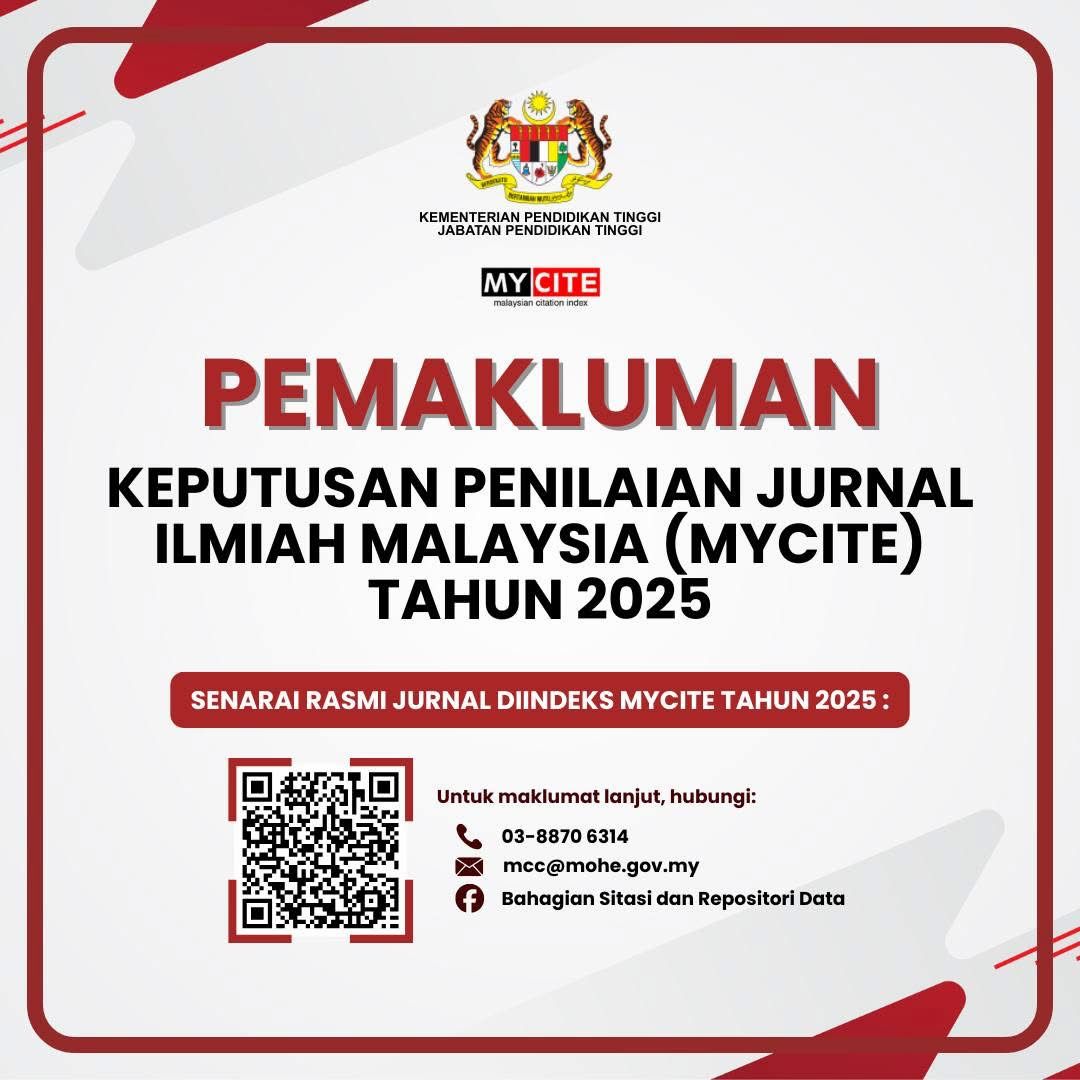Which Subjects and Styles Have Been Examined in Islamic Fatwas and Guidelines?
DOI:
https://doi.org/10.24191/idealogy.v3i2.72Keywords:
Seni Visual, Fatwa, Subjek, GayaAbstract
Visual art is one of the most critical and popular issues explored from an Islamic standpoint. This is because the selected subject is prepared in a variety of approaches and ways. Additionally, the shown style creates concerns regarding the legislation and ambiguous perspectives on it. Clearly, no detailed discussion of the range of issues and styles in visual arts was conducted considering recent changes. As such, this article will outline the issues and styles mentioned in the fatwas and guidelines that have been issued. All fatwas and guidelines pertaining to visual arts were found using the process of assembling the highlights of the structured and methodical study. As a result of these observations, only a few categories of subjects have been covered, including humans, animals, plants, religious symbols, and human-made equipment; and the style discussed focuses exclusively on the mode of depiction. Recommendations to researchers interested in this work include conducting extensive qualitative research.
Keywords: Fatwa, Subject, Style, and Visual Arts
References
Ahmadrashidi Hasan, 2010a. Islam and Art. Kertas kerja telah dibentangkan di forum Art Talk, Fakulti Seni Lukis dan seni Reka, UiTM, Melaka.
Ahmadrashidi Hasan, 2010b. Contemporary Islamic Painting In Malaysia 1980 – 2000. PhD Thesis, Universiti Teknologi MARA, Malaysia.
Dzul Haimi Md Zain, (1997). Safavid Qur’ans: Style and Illumination. PhD Thesis, University of Edinburgh, Scotland.
Dzul Haimi Md Zain, (2003). Seni Islam. Selangor: Univision Press Sdn. Bhd.
Galeri Wei-Ling, (2015). The Space Between. Katalog Pameran di Galeri Wei-Ling dari 1 April – 1 Jun 2015.
Hanifah Musa Fathullah Harun & Mashita Abu Hassan (2012). Pendapatan Halal Dalam Konteks Maqasid Shariah. e-Proceeding International Halal Conference 2012, PWTC, Kuala Lumpur.
Ishak Ramli, Mohamad Noorman Masrek & Muhamad Abdul Aziz Ab. Gani, (in press). Visual Art from the Perspectives of Islamic Shariah. Journal of Advanced Science Letter.
Ishak Ramli, Mohd Daud A. Rahim, Mohd Faizul Noorizan, Ponirin Amin, Rahman Amin, & Mohd Suhaimi Tohid, (2014). Seni Visual dan Permasalahannya: Satu Perkaitan dengan Konsep Ad-Dharuriyyat dalam Maqasid Syariah. Proceeding World Conference on Islamic Thought, Casuarina@Meru Hotel, Perak
Ishak Ramli, Ponirin Amin, Rahman Amin, & Mohd Suhaimi Tohid, (2012). Halal dan Seni Visual: Satu Hubungan dan Permasalahan di Malaysia. e-Proceeding International Halal Conference 2012, PWTC, Kuala Lumpur.
Jabatan Kemajuan Islam Malaysia, (n.d.). Garis Panduan dan Penjelasan Mengenai Seni Tampak dari Kaca Mata Islam. Retrieved on 1 September 2016, From Portal Jakim e-Fatwa. Website: http://www.e-fatwa.gov.my/
Khatijah Sanusi, (2000). Visual Art Education in Malaysia. Doctoral Dissertation, Temple University, USA.
Khatijah Sanusi, (2011). Era London: Sebelum dan Selepas. Raja’ah: Seni, Idea dan Kreativiti Sulaiman esa dari 1950-an – 2011. Kuala Lumpur: Balai Seni Visual Negara.
Muliyadi Mahamood, (1993). Kemekaran Jiwa Islam dalam Seni Lukis Malaysia Sezaman. Katalog Pameran Manifestasi Jiwa Islam dalam Senirupa Malaysia Sezaman: Balai Seni Lukis Negara.
Muliyadi Mahamood, (2001). Seni Lukis Moden Malaysia. Kuala Lumpur: Utusan Publication & Distributors Sdn. Bhd.
Ocvirk, Stinson, Wigg, Bone, Cayton, (2009). Art Fundamentals Theory and Practice. Mc Graw Hill: School of Art, Bowling Green State University.
Osman Bakar, (1993). Kesenian Islam – Manifestasi Jiwa Islam dalam Kesenian. Exhibition Catalog, Festival Kesenian Islam, Istiqlal, Indonesia.
Sulaiman Esa, (1997). Islam and Politics of Art in Post-Independence Malaysia. Doctoral Dissertation, Temple University, USA.
Syamsul Anwar (1995), “Pandangan Islam Terhadap Kesenian”, cited from Jabrohim and Saudi Berlian (eds.), Islam dan Kesenian, Yogyakarta: Majelis Kebudayaan Muhammadiyah Universitas Ahmad Dahlan dan Lembaga Litbang PP Muhammadiyah, p. 204-206.
Wan Samiati Adriana Wan Mohd Daud, (2013). Study on the Malaysian Islamic Visual Art: The Contemporary View. International Journal of Education and Research Vol. 1, No. 12, December 2013.
Yusuf Qaradhawi, (1989). Halal dan Haram dalam Islam. Singapura: Pustaka Nasional Pte Ltd.
Downloads
Published
Issue
Section
License
UiTM Press (the Publisher) has agreed to publish the undersigned author’s paper in Idealogy Journal. The agreement is contingent upon the fulfilment of a number of requirements listed below.
1. The undersigned author warrants that the paper entitled below is original, that it is not in any way libellous or unlawful in Malaysia, that it does not infringe any copyright or other proprietary right. The undersigned hereby represents and warrants that he/she is the author of the paper, except for material that is clearly identified as to its original source, with permission notices from the copyright owners where required. The undersigned represents that he/she has the power and authority to sign and execute this agreement.
2. The undersigned author warrants that the paper entitled below has not been published elsewhere, and also it will not be submitted anywhere else for publication prior to acceptance/rejection by this Journal.
3. By submitting the paper entitled below, the undersigned author agrees to transfer the rights to publish and distribute the paper in an international e-journal (entitled above) to Publisher.
4. The undersigned author agrees to make a reasonable effort to conform to Publisher's submission guidelines and to liaise with the editor to ensure that the requirements of these guidelines are met to a reasonable degree.
5. The corresponding author signs for and accepts responsibility for releasing this material on behalf of any and all coauthors. This agreement is to be signed by at least one of the authors who has obtained the assent of the co-author(s) where applicable. After submission of this agreement signed by the corresponding author, changes of authorship or in the order of the authors listed will not be accepted.



